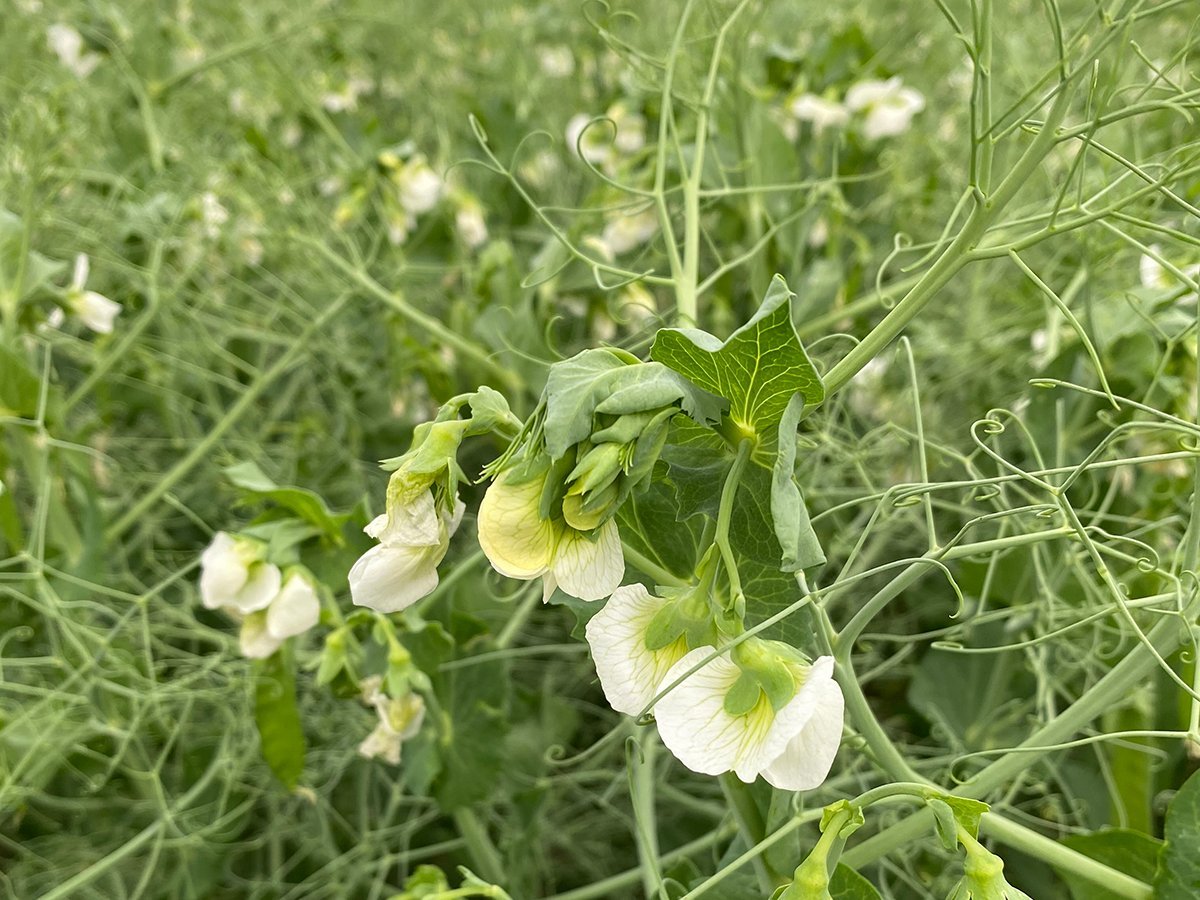Canola oil is heart healthy, has excellent cooking functionality and offers wonderful processing characteristics.
None of that will likely matter much this winter as canola oil deals with a surplus in Western Canada, analysts say.
“It’s finding its way as a soy oil substitute,” Greg Kostal of Kostal Consulting said about canola oil’s marketing outlook for 2013-14.
“That’s not price bullish, but at least you’re moving volume. And when you have big canola crops, you need that type of displacement demand.”
Read Also

Crop quality looks good this year across Prairies
Crop quality looks real good this year, with the exception of durum.
The last two years have radically up-ended the traditional relationships between canola and soybeans and soy oil and canola oil. Canola has traditionally been priced at a premium to soybeans because canola has a much higher oil content than soybeans and oil is a higher valued component. As well, canola oil is generally considered a more healthy oil so it usually carries a market premium.
However, U.S. and South American soybean crops have hit production problems in the last three years, and the resulting shortages have meant soybeans were often the hot commodity and canola the dog chasing its heels.
Canola oil is now discounted compared to soy oil in many markets including Europe, and in North America, soybeans are priced at a big premium to canola.
Nearby canola futures are pricing canola at less than $11 per bushel and nearby soybean futures at more than $13 per bu. Low protein meal supplies in the livestock-heavy U.S. Midwest market are the main culprit.
Canola’s meal component is not only smaller than soybeans, but livestock feeders almost always discount the meal.
The oil offers little opportunity for canola to regain its premium or even close the gap because soy oil supplies are also low inside North America while canola oil is not.
“For the extra demand it needs to flush out supplies, it has to compete,” said Jon Driedger of FarmLink Marketing Solutions.
In North America, that means lower canola oil prices than soy oil prices. On the world market, it means discounted canola oil prices versus the glut of competing oilseeds, including palm, cotton, sunflower, and coconut.
“There’s a lot of oil out there and a lot of oilseeds, and that’s an adjustment from where we’ve been for the last couple of years,” said Driedger, acknowledging that prairie farmers might have trouble accepting the notion that canola can’t independently force higher prices.
Kostal said palm oil is easy to find and other oilseed crops are aggressively competing for sales.
“You’ve got sunflowers that are cheaper than canola,” said Kostal.
“Canola’s not flowing fluidly into Pakistan and United Arab Emirates.”
He said canola will need to buy biodiesel demand over the winter and rely less on exports to China for growth. Displacing soy oil sales with lower canola prices doesn’t give canola oil bargaining power.
“It’ll have to expand its demand base with price as the weapon,” said Kostal.
Driedger said canola oil marketers will focus on clearing big supplies rather than squeezing buyers for better prices. It will help move the crop but doesn’t lead to the development of long-term demand.
“It’s demand that’s bought. It’s demand that’s there because canola is cheap,” said Driedger.
The situation could get worse in late winter as the South American soybean crop is harvested.
That will probably give the world market a more comfortable supply of soybean meal and soy oil and allow North American buyers to import cheaper supplies.
Rich Nelson of Allendale, Inc. is bullish for soybean and soybean meal prices for the fall and winter but doesn’t expect a significant improvement in oil prices.
“Vegetable oil will not be having any major gains,” said Nelson. “I just think it will trade sideways for the next three months, then sharply lower into the spring once the oilseed products also join in the lower prices.”
















